Mastering Documentation: How Digital Solutions Transform Restoration Reporting
September 14, 2023 •Ember Davis

In the world of restoration, meticulous documentation is the cornerstone of every successful project. Accurate, thorough reporting not only ensures compliance with regulations but also plays a crucial role in liability protection, quality assurance, and client satisfaction. However, the traditional methods of documenting restoration work with paper records, handwritten notes, and printed photos are rapidly becoming obsolete. In their place, digital solutions are revolutionizing how restoration professionals approach documentation.
Digital documentation offers a myriad of benefits, including increased efficiency, enhanced accuracy, and improved accessibility. This blog will explore the transformative impact of digital solutions on restoration reporting, from the tools and technologies available to the best practices for implementation.
The Digital Revolution in Restoration Documentation
- The Power of Mobile Devices
One of the significant advantages of digital documentation is the accessibility it provides. Restoration professionals no longer need to carry around stacks of paperwork. Instead, they can use mobile devices such as smartphones and tablets to capture and store information on-site. Mobile apps designed for restoration allow technicians to take photos, record notes, and even complete forms directly on their devices. This real-time data entry significantly reduces the risk of errors and delays associated with manual transcription.
- Streamlining Data Collection
Digital solutions facilitate seamless data collection and organization. Restoration software (like Xcelerate) often comes equipped with features that enable technicians to categorize data, add timestamps, and geotag information. This makes it easy to track the progress of a project, from the initial assessment to the final report. Moreover, the ability to integrate data from various sources into a centralized system ensures that nothing falls through the cracks.
- Enhanced Reporting and Analytics
Digital documentation opens the door to powerful reporting and analytics capabilities. Restoration professionals can generate detailed reports with just a few clicks, providing clients and stakeholders with clear insights into the project's status. Furthermore, data analytics tools can process large datasets to identify trends, anomalies, and areas for improvement. This data-driven approach not only supports better decision-making but also helps restoration contractors fine-tune their processes for increased efficiency.
- Improved Collaboration
Collaboration is key in the restoration industry, with teams consisting of various specialists working together to achieve a common goal. Digital documentation tools enable real-time collaboration by allowing multiple users to access and update project data simultaneously. This fosters better communication among team members, ensuring everyone is on the same page.
- Data Security and Backup
Protecting sensitive project data is a paramount concern in restoration. Digital solutions often include robust security measures, such as encryption and user authentication, to safeguard information. Additionally, cloud-based storage ensures that data is backed up and can be easily retrieved in case of unforeseen circumstances, such as device loss or damage.
Best Practices for Implementing Digital Documentation
-
Choose the Right Software: Select a restoration software solution that aligns with your specific needs and integrates seamlessly with your existing tools. Not sure what you need? Let us help!
-
Provide Training: Ensure that your team receives adequate training on using the chosen software effectively. This investment in training will pay off in improved efficiency and reduced errors.
-
Standardize Procedures: Establish standardized documentation procedures and templates to maintain consistency across projects.
-
Regularly Update and Back Up Data: Stay vigilant about updating software and backing up data to prevent data loss or security breaches.
The era of digital transformation has arrived in the restoration industry, and mastering documentation is at its forefront. Digital solutions not only streamline data collection and reporting but also provide valuable insights through data analytics. With the right tools and best practices in place, restoration professionals can harness the power of digital documentation to elevate the quality of their work, enhance collaboration, and, ultimately, exceed client expectations. As the restoration field continues to evolve, embracing these innovations will become increasingly crucial for staying competitive and delivering top-notch service.

